SEARCH






|
|
|
|


by Editor Michael Steverson
Edited and published by Yvette Depaepe, the 5th of 2022
VANISHING CUBA is a visual storytelling project by my friend, American photographer Michael Chinnici. This stunning collection of over 300 photographs depicts the changes Cuba is facing as it emerges from more than 60 years of isolation and decay.
Michael’s first 24 trips to Cuba yielded tens of thousands of photographs with thought-provoking and emotional stories and in the process, he's been able to forge several lifelong friendships. Vanishing Cuba is about capturing the past, present, and future of Cuba, and even more so, about capturing the “Soul” of Cuba. He has returned twice more since the book was published.
Michael’s love affair with Cuba and the Cuban people is clearly conveyed in this compelling and beautifully produced love letter to the island nation.
Over the past few weeks, I’ve spent a lot of time with Michael. We’ve discussed Vanishing Cuba, compared notes on documentary and travel photography in general and we talked about what lies ahead. Having, and then compiling these discussions weren’t as easy as we’d hoped. At different points we found ourselves dealing with a variety of obstacles. Early on, much of Michael’s family contacted COVID-19, then a week later we had our own COVID quarantine and testing issues here in South China, during which the entire city I live in had to undergo daily, mandatory testing. We also faced a myriad of technical issues, conflicting travel schedules and time zone constraints. At times I wasn’t at all sure we’d be able to pull it all together. Then, just when it looked like we were about to wrap it up a full day ahead of our deadline, Michael contacted COVID-19 himself. We persevered in the end and I’m happy to share the results here today.
Mike, thanks again for being so gracious with your time to talk about Vanishing Cuba. You know, you might be the busiest guy I know…
Chuckling – It wasn’t the easiest interview I’ve ever done but we made it work. I’m happy to have been able to share this time with you.
And I’m happy to share the success of this project with everyone here. Artists should celebrate artists. This book, it wasn’t something you set out to do. You could say it naturally evolved over the years…
That’s right. I never planned on creating a book. I wasn’t shooting with a book in mind.
It wasn’t until my 20th or 21st trip and after many requests to do a book that I realized what I had created - a wonderful collection of images representative of my love for this extraordinary country’s people, culture, history, and soul.
I’m not saying putting the book together was easy, it wasn’t.
That said, photographing Cuba has never been a chore, an assignment. The photographs did come easily.
I often say, shooting in Cuba is like being a kid in a candy store.
But I know what I captured is special because I have seen so many other photographers struggle with capturing its authenticity.
One of the things I find most enduring about this photobook is that… it isn’t. What I mean to say is that you’ve painstakingly created text for every image, in both English and Spanish. It’s not just a pretty collection of images. I know you felt this was important…
I feel that documentary photography is more powerful when there’s a backstory to help support the image. This all began with Instagram posts and many people told me that they enjoyed the writings.
All art is the viewer’s to interpret. When I am at an art gallery or museum that art is almost certainly going to move me or affect me differently that it will you. However, documentary photography can narrow that gap. It can be more specific, more targeted.
It often tells a story about the person (or people), the setting, building, car, business, tradition, culture, etc. Beautifully written, descriptive text that might include facts and history can enhance the image. Including the Spanish text was indeed important. I wanted to produce the book in Spanish to give Cubans, Cuban Americans, Latin Americans and Spaniards the opportunity to enjoy it in their native language.
As a documentary photographer myself, I am always cognizant of trying to present the subject matter in a realistic way without it coming across as exploitive or denigrating. I know you took great care to compile these images in a way that, to me, feels almost poetic. To be sure, some of your depictions of Cuba are raw, but at the same time this volume is so beautifully, lovingly photographed. One can sense your admiration of the Cuban people.
I loved Cuban activist artist Leonor Anthony’s foreword, portions of which I’d like to share here…
“Since the first moment I laid eyes on Vanishing Cuba, I was visibly moved and knew I was the right person to write this foreword. What struck me immediately was the sincerity with which the images represented the authentic people of Cuba—my people, my parents, my family, my ancestors. This book was not the retouched or tourist/photobook version. This book was not a travel book made up of the regular subjects, which are hopelessly and frustratingly few—1950s cars, colorful but dilapidated buildings, and beautiful natural scenery.
These images were not taken from the outside by an outsider, like when we look at exotic animals at the zoo or unusual fish in a tank. These images were taken by someone who, although not Cuban, captured all of us in every single shot; all of it—the struggle, sadness, color, passion, resilience, resolve, and ultimately, the power to adjust to the unimaginable.
I accepted the honor to write this foreword because this is the most genuine and heartfelt representation of my people I have ever seen. This book is not an exploitation of a political situation, but an exaltation of all the textures that make up our magical island and its people.
Although the Cuba that most of us know will probably vanish, I am a living example of that special quality that makes us Cuban, which can never disappear or be taken away. Our spirit is made up of our personal struggles and a mixture of all our common ancestors—the Siboney, the Europeans, and the Africans—that live on in every colorful cell in our bodies, for all time.
Thank you, Michael Chinnici, for finally seeing us.”
I mean, when you read something like that you must surely know you’ve accomplished something of what you set out to do, yeah?
Well, when I first read Leonor’s foreword, my eyes welled up with tears before I could finish and I cried the following few times I read it. I think the reason for the intense, emotional reaction was just that. I thought to myself, “Oh my God, she gets it.” Through my photos, she could feel my feelings. I knew then that I had accomplished something very special.
I think the poetic nature of the book comes from my connection to the Cuban people. When there is love, there is magic. Wouldn’t you agree?”
Sure, but I think you have displayed that love better than most could or have. It’s just not that easy!
What is it about the Cubanos? How do you think it came to be that you are so viscerally connected with a people… a place?
The Cubanos are glass half full characters with half-empty glasses. They have faced struggle, revolts, unrest and repression and yet the people of Cuba are resilient, hopeful and full of soul. I’m no longer surprised but I’m still humbled when Cubans welcome me into their communities and their homes as a friend, without any hesitation.
Your subtitle is, “CURATED PHOTO STORYTELLING COLLECTION”, which is certainly apropos for 1X and our curated format here. I can only imagine the work involved in culling your selections… did you get input from others or did you do it all yourself?
You know I actually struggled a bit with the subtitle because on a certain level all photobooks are curated, aren’t they?
Those four words, “CURATED PHOTO STORYTELLING COLLECTION” leave no mistake as to what's inside. I wanted to intimate the time and care that went into selecting the photographs. In the end I didn’t ask for any outside opinions or feedback because I felt like I had a good handle on how I needed to portray Cuba and Cubans. I was so close to it. Now, I did get my wife involved in the process. So much so in fact, that for about a month we literally lived with these photos. They were printed and displayed on four big walls I erected in one room of our house. Over that month we were culling images and shuffling and re-shuffling the order.
You spared no expense in the production of your book. Three levels, or editions, all with museum quality printing done in Italy. Why was that important?
The objective was to produce a book that creatively, emotionally, and historically would last the test of time. To create a handcrafted book that spoke quality and beauty from the moment you laid your eyes on it, to the moment you held it in your hands and turned the pages. I chose the finest quality paper, printing and ink process, as well as bindery and finishing. Italians have a long-standing reputation for superior craftsmanship when it comes to papers, fabrics, and attention to detail, whether it be art, books, or exotic sports cars.
The book is available at Barnes and Noble, The Getty Center bought the deluxe edition. Notable libraries across the world have bought the book for their collections, including such prestigious universities as Harvard, Stanford, NYU, Cambridge, Vanderbilt and Columbia. The list goes on. Did you ever imagine this would happen?
No, never. I certainly never thought about the libraries. I guess, in hindsight, when I think about the effort I put into the writing, combined with the fact-checking and thorough attention to detail regarding the quality of the content, I can now see why there has been so much interest. The book has only been available to the general public and institutions for a little more than four months. When word gets out about the quality of the production, I’m hopeful more universities will buy the book for their reference libraries.
For those who are interested, you can order the book here : https://vanishingcuba.com
I’ve not had the opportunity to hear you speak about the approach to documentary photography that you call, “Evoking Emotion”. Before we wrap up I’d like you to tell us a little about that philosophy?
Well, basically, I believe that every photograph we create should evoke emotion. Realistically, that’s not always true nor even possible, especially considering the number of digital photos we take. But it should be the objective. Always.
A great photograph stops people in their tracks and gets them to say, “Wow.” Causes them to gasp, smile, maybe even shed a tear. This powerful reaction is what I call “Evoking Emotion.” Just look at our own best images. You will find that they all evoke emotion to one degree or another.
I don’t think it’s a matter of one situation being better than the next. Each unfolds in its own way. When there are no words spoken, it’s the respect and trust that drives the moment. I’ve experienced these interactions numerous times. For me, they are the most precious and rewarding opportunities for environmental portraits.
These young men look to be as curious about you as you as you are about them. This is another instance where you had no dialogue before the shot. It was nervy to take this, they could have reacted so much differently. Do you find this "acceptance" often in Cuba?
This is the point in the conversation where I would ask you about what’s next, but in this case I already know. As we close, let’s talk some about your next project, VANISHING INDIA. We both have an affinity for India, we’ve even walked the streets of Calcutta together. You once said that, “India is like no other country in the world. It’s like experiencing 40 countries in one”, which is so true. So, when can we expect to see that volume of work?
'Vanishing India'. Yes, it’s a project that I’ve already begun exploring. To be clear, Vanishing will not be a series of titles I apply to many countries and cultures. That would be too commercial. The reason for Vanishing Cuba is apparent. After so many decades of isolation and the lack of change, Cuba will eventually explode with change, which in turn will see much of its iconic and cultural uniqueness disappear. India will change for more natural reasons.
Why the “Vanishing” title? All cultures, as we know them, will transition and eventually change or vanish. Technology especially, will be the most significant driving force behind this. When I say that “India is like 40 countries in one,” I’m referring to all the ethnic, cultural, and religious components that make up India. The thousands of different tribal and nomadic communities that shape the country of over 1.4 billion people. The following 50-75 years will see many of these ethnic groups blend into each other. Thus, the title. The book will represent a Vanishing India as we once knew it (future tense).
So, perhaps 2024 or 2025 for a Vanishing India book.
Michael, thanks again...
Always a pleasure my friend.
Michael Chinnici is a New York-based award-winning photographer, creative director, and designer. He has traveled the world with camera in hand and enjoys the challenges that various photographic disciplines present. He is the Founder and CEO of Photo Workshop Adventures, a premier photo tour company offering photo-centric cultural adventures in over 150 destinations in over 50 countries. He is a frequent speaker at events where he discusses his “Evoking Emotion” approach to photography.
*Addendum – COVID hit Michael harder than anticipated and while not fully recovered, he is on the mend and improving each day. Our own COVID situation here in south China has also improved, with only a handful of cases now spread across Guangxi. Mandatory testing has been paused and we are once again free to go about our daily activities with few restrictions.
 | Write |
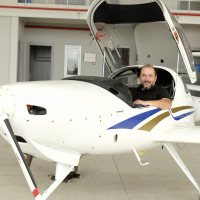 | serif Inspirational work and interview with amazing photos. Thank you. |
 | Kimberly CREW Thank you both for introducing us to these wonderful images and documentary project. |
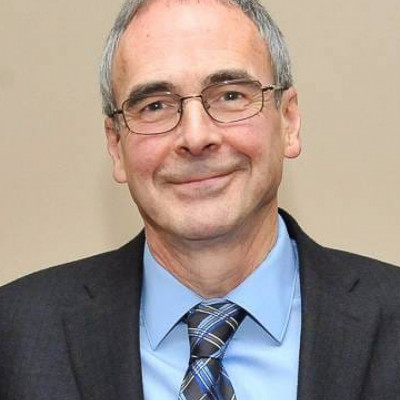 | Andrew Beavis PRO This is a fantastic set of images in every respect. |
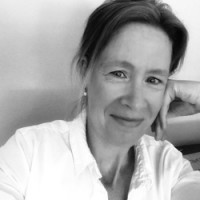 | Gabrielle van den Elshout PRO Beautiful and inspiring storytelling and fantastic images! |
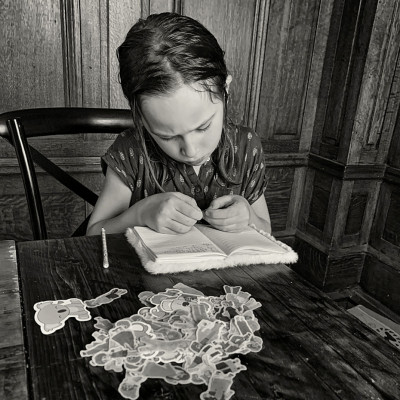 | Mariuca Brancoveanu PRO Marvelous, humbling and inspiring story telling. A vanishing Cuba - hopefully vanishing and painfully also. |
 | Francisco Goncalves PRO Wonderful documentary and story. Wonderful and poignant images. Good work. |
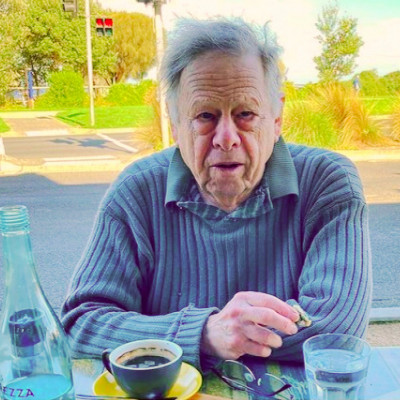 | Peter Hammer PRO Great images and it reminds me of my trip to Cuba in 2020 just before the pandemic took real hold. It's inspired me to put up some of images mainly from Havavna and hopefully the curators will like them :-) It is a wonderful destination and I agree that the people are very friendly and photography isn't an issue. |
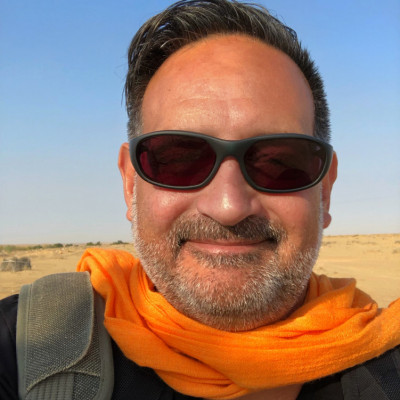 | Michael Chinnici Thank you Michael and 1x for your interest in my photography and my work on Vanishing Cuba. It's been a pleasure. Thank you Yvette for your patience. The book is available online direct from us at https://vanishingcuba.com |
 | Yvette Depaepe CREW I added the link in the interview, Michael ;-) |
 | Patrick Compagnucci PRO Awesome collection of images. Congrats! |
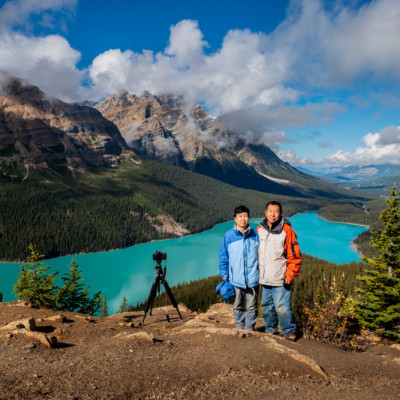 | Wanghan Li PRO Excellent and great! Respect! Thanks for all. |
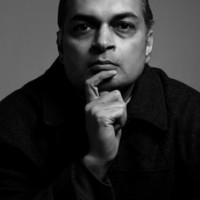 | Prateek Dubey So beautiful and heartfelt! I am eager to see more pictures and live the journey... will get a copy for myself soon. Thank you, Michael and Michael. |
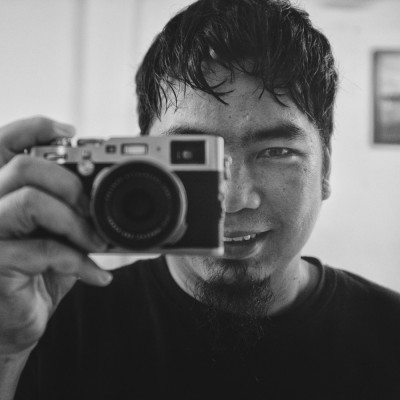 | Suhandi Jitir This is a remarkable collection. Full of emotions and various stories to tell. Thanks to the editor and those concerned for publishing it. Congratulations to the amazing photographer for being able to give a deep emotional touch to every photo shown here. Regards. |
 | Yvette Depaepe CREW Glad to have your interview published in the 1x magazine, Michael. Congratulations and many thanks for sharing your work on our site. Also a big thanks for your great collaboration with Michael Steverson. You both did a terrific job. Heartfelt greetings, Yvette |
 | Yvette Depaepe CREW True Michael, but you both did it ! |
 | Michael Chinnici Thank you Yvette for your patience and for the opportunity to contribute to 1x. |